Home>Gardening & Outdoor>Plant Care & Gardening Tips>Where Is The Corn Plant Native To
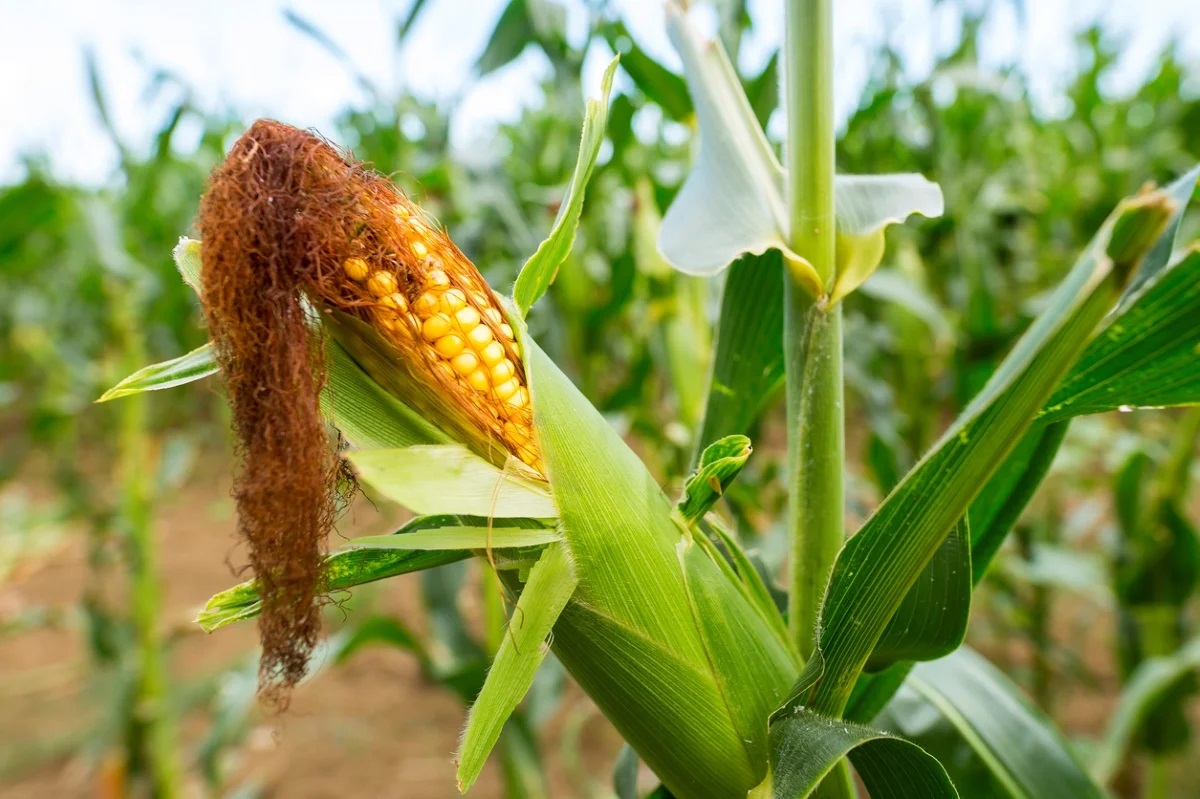

Plant Care & Gardening Tips
Where Is The Corn Plant Native To
Published: December 25, 2023
Discover the origins of the corn plant and its native habitat. Learn plant care and gardening tips for this versatile and popular plant. Explore its history and cultivation.
(Many of the links in this article redirect to a specific reviewed product. Your purchase of these products through affiliate links helps to generate commission for Storables.com, at no extra cost. Learn more)
**
Introduction
**
Welcome to the fascinating world of corn plants! Whether you're a seasoned gardener or just starting to explore the joys of plant care, understanding the origins of the corn plant can deepen your appreciation for this beloved green companion. In this article, we'll embark on a journey through time, tracing the history and origins of the corn plant to uncover its captivating story.
As we delve into the rich history of the corn plant, we'll uncover the remarkable journey it has taken, from its ancient beginnings to its widespread cultivation across the globe. By understanding the origins and spread of the corn plant, we can gain valuable insights into its unique characteristics and optimal care requirements. So, let's set out on this botanical adventure and discover the captivating tale of the corn plant!
**
Key Takeaways:
- Corn plants originated in Mesoamerica and were transformed from a wild grass called teosinte into the plump, nutritious crop we know today through selective breeding and agricultural innovation.
- Corn’s journey from Mesoamerica to global proliferation showcases its resilience, adaptability, and enduring impact on agricultural practices, culinary traditions, and cultural heritage worldwide.
Read more: Where Is The Snake Plant Native To
History of Corn
**
The history of corn is a tapestry woven with the threads of time, culture, and human ingenuity. Dating back thousands of years, corn has been an integral part of various civilizations, leaving an indelible mark on agricultural practices and culinary traditions. To comprehend the significance of corn in today’s world, it’s essential to explore its historical roots and the profound impact it has had on societies throughout the ages.
From its humble beginnings as a wild grass called teosinte in Central America, corn underwent a remarkable transformation through the hands of early agriculturalists. The domestication of corn marked a pivotal moment in human history, paving the way for the development of advanced civilizations in the Americas. As ancient cultures cultivated and refined corn through selective breeding, they unlocked its potential as a staple food source that sustained communities and fueled cultural advancements.
Throughout history, corn has been revered not only for its nutritional value but also for its symbolic and spiritual significance in various indigenous cultures. Its presence in rituals, art, and folklore underscores the deep-rooted connection between corn and the human experience.
As we trace the history of corn, we’ll uncover the transformative impact of this extraordinary plant on global trade, exploration, and culinary diversity. The journey of corn spans continents, transcending geographical boundaries to become a ubiquitous presence in cuisines around the world. Understanding the historical trajectory of corn allows us to appreciate its resilience, adaptability, and enduring relevance in modern agriculture and horticulture.
Join us as we unravel the captivating history of corn, exploring the pivotal moments and cultural intersections that have shaped its narrative and solidified its place as a cherished botanical marvel.
**
The Origins of Corn
**
Delving into the origins of corn unveils a tale of natural evolution intertwined with human intervention. The journey of corn, scientifically known as Zea mays, began in the lush landscapes of Mesoamerica, where its wild ancestor, teosinte, thrived thousands of years ago. Teosinte, a humble grass with tiny, scarcely edible kernels, bore little resemblance to the plump, nutritious ears of modern corn. However, it held within its genetic blueprint the potential for transformation through the art of selective breeding.
Early inhabitants of Mesoamerica recognized the promise within teosinte and embarked on a process of domestication that would ultimately give rise to the corn we know today. Through careful cultivation and selective breeding, ancient agriculturalists gradually transformed teosinte into a more palatable and bountiful crop, marking a monumental achievement in the annals of agriculture.
The domestication of corn not only revolutionized agricultural practices but also played a pivotal role in the sustenance and prosperity of ancient civilizations such as the Maya, Aztec, and Inca. As corn cultivation spread across the Americas, it became deeply ingrained in the cultural, culinary, and spiritual fabric of indigenous societies, assuming a revered status as a symbol of sustenance and abundance.
Uncovering the origins of corn illuminates the profound relationship between humans and plants, showcasing the transformative power of agricultural innovation and the enduring legacy of ancient horticultural practices. The evolution of corn from its wild ancestor to a staple crop epitomizes the remarkable synergy between nature and human endeavor, underscoring the ingenuity and resourcefulness of early agricultural communities.
By understanding the origins of corn, we gain a deeper appreciation for the plant’s resilience, adaptability, and capacity to evolve in harmony with human needs. The journey from teosinte to modern corn embodies the enduring legacy of agricultural stewardship, celebrating the intrinsic bond between humanity and the natural world.
**
The corn plant, also known as maize, is native to Mesoamerica, specifically in present-day Mexico. It was domesticated by indigenous peoples over thousands of years.
The Spread of Corn
**
The remarkable journey of corn from its origins in Mesoamerica to its global proliferation is a testament to the enduring impact of agricultural exchange and exploration. Following its domestication, corn began an expansive journey, traversing continents and transcending cultural boundaries to become a cherished and indispensable crop in diverse corners of the world.
European explorers played a pivotal role in the global dissemination of corn, introducing it to new lands and facilitating its integration into a wide array of culinary traditions. The arrival of corn in Europe heralded a transformative era in agricultural practices and dietary habits, enriching cuisines and contributing to the sustenance of populations far beyond its continent of origin.
As corn traversed the seas with explorers and settlers, it found fertile soil in regions as varied as Africa, Asia, and the Pacific Islands, where it adapted to local climates and became an integral component of traditional agriculture. The versatility and nutritional value of corn made it a valuable addition to diverse agricultural landscapes, enhancing food security and contributing to the cultural tapestry of communities worldwide.
Throughout its global odyssey, corn underwent further transformations, giving rise to an array of cultivated varieties tailored to specific climates and culinary preferences. This diversification underscored the adaptability of corn and its capacity to thrive in a multitude of environments, reinforcing its status as a resilient and indispensable crop for human sustenance.
As we trace the spread of corn across continents and centuries, we witness the enduring legacy of this extraordinary plant, which continues to enrich agricultural practices, culinary traditions, and cultural heritage. The global diffusion of corn stands as a testament to the enduring impact of agricultural exchange and the remarkable capacity of plants to transcend geographical boundaries, fostering connections and nourishing societies across the world.
Join us as we celebrate the remarkable journey of corn, from its ancient roots in Mesoamerica to its widespread embrace across the globe, embodying the spirit of agricultural innovation, cultural exchange, and the enduring legacy of a cherished botanical marvel.
**
Conclusion
**
As we conclude our exploration of the history and origins of the corn plant, we are left with a profound appreciation for the enduring legacy of this remarkable botanical marvel. From its humble beginnings as a wild grass in Mesoamerica to its global proliferation, corn has woven a rich tapestry of cultural, agricultural, and culinary significance that continues to resonate in the modern world.
The history of corn stands as a testament to the ingenuity and resourcefulness of early agricultural communities, whose transformative efforts led to the domestication of a plant that would profoundly impact human societies for millennia. The origins of corn reveal the intricate interplay between humans and plants, showcasing the remarkable capacity of agricultural innovation to shape the course of history and nourish civilizations.
As we trace the spread of corn across continents and centuries, we witness the enduring impact of agricultural exchange, exploration, and adaptation, underscoring the plant’s resilience and adaptability in diverse environments. The global diffusion of corn has enriched culinary traditions, bolstered food security, and fostered a deep-seated connection between communities and the land they cultivate.
Today, the corn plant continues to captivate and inspire, serving as a symbol of sustenance, resilience, and cultural heritage. Whether adorning gardens, sustaining agricultural economies, or gracing the tables of diverse cuisines, corn remains a cherished and indispensable presence in the tapestry of human existence.
As we reflect on the captivating history of corn, we are reminded of the profound interconnectedness of human societies and the natural world, and the enduring legacy of agricultural stewardship that transcends time and borders. The story of corn is a testament to the transformative power of plants and the enduring impact of agricultural innovation, underscoring the resilience, adaptability, and cultural significance of this beloved botanical treasure.
Join us in celebrating the enduring legacy of the corn plant, a testament to the indelible bond between humanity and the botanical wonders that enrich our lives and nourish our collective spirit.
Frequently Asked Questions about Where Is The Corn Plant Native To
Was this page helpful?
At Storables.com, we guarantee accurate and reliable information. Our content, validated by Expert Board Contributors, is crafted following stringent Editorial Policies. We're committed to providing you with well-researched, expert-backed insights for all your informational needs.
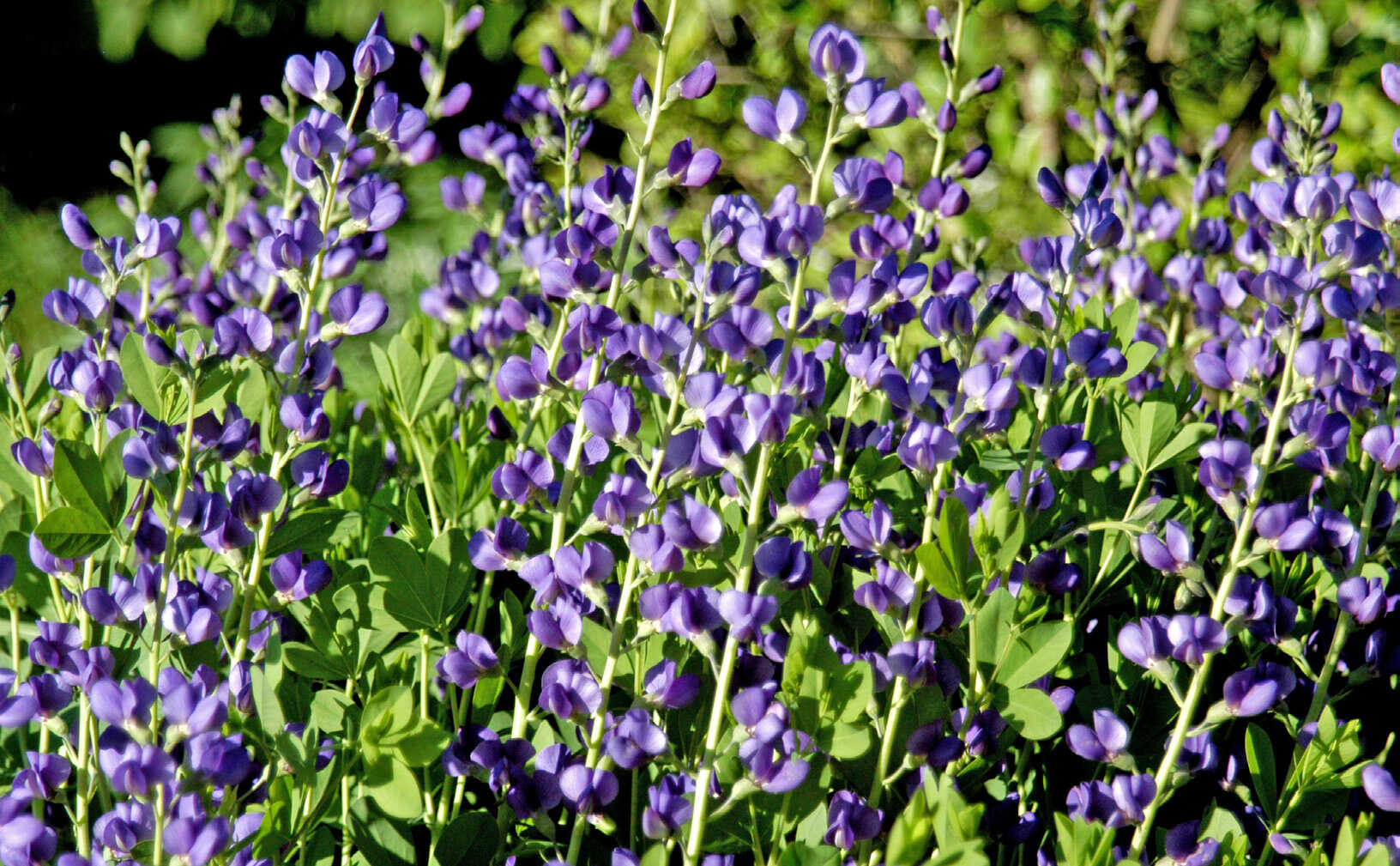
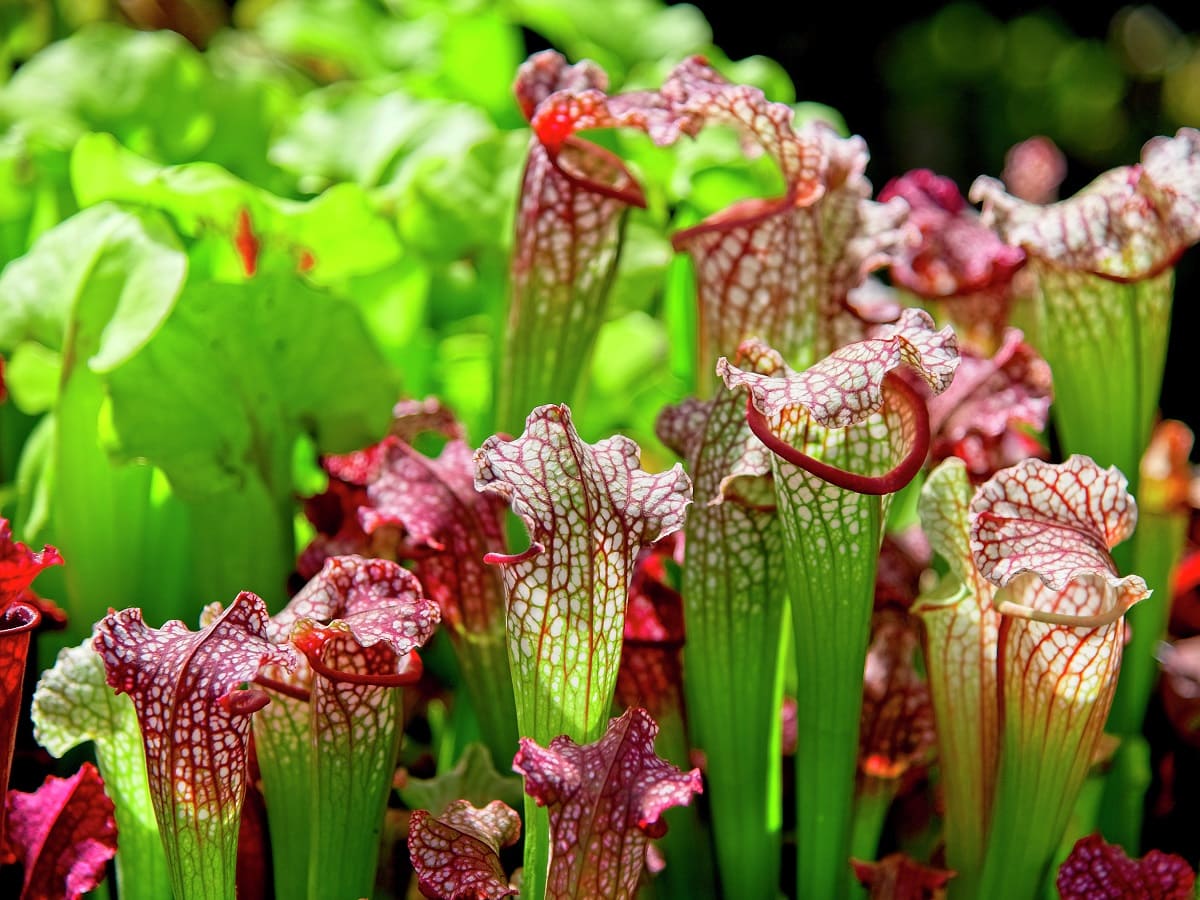
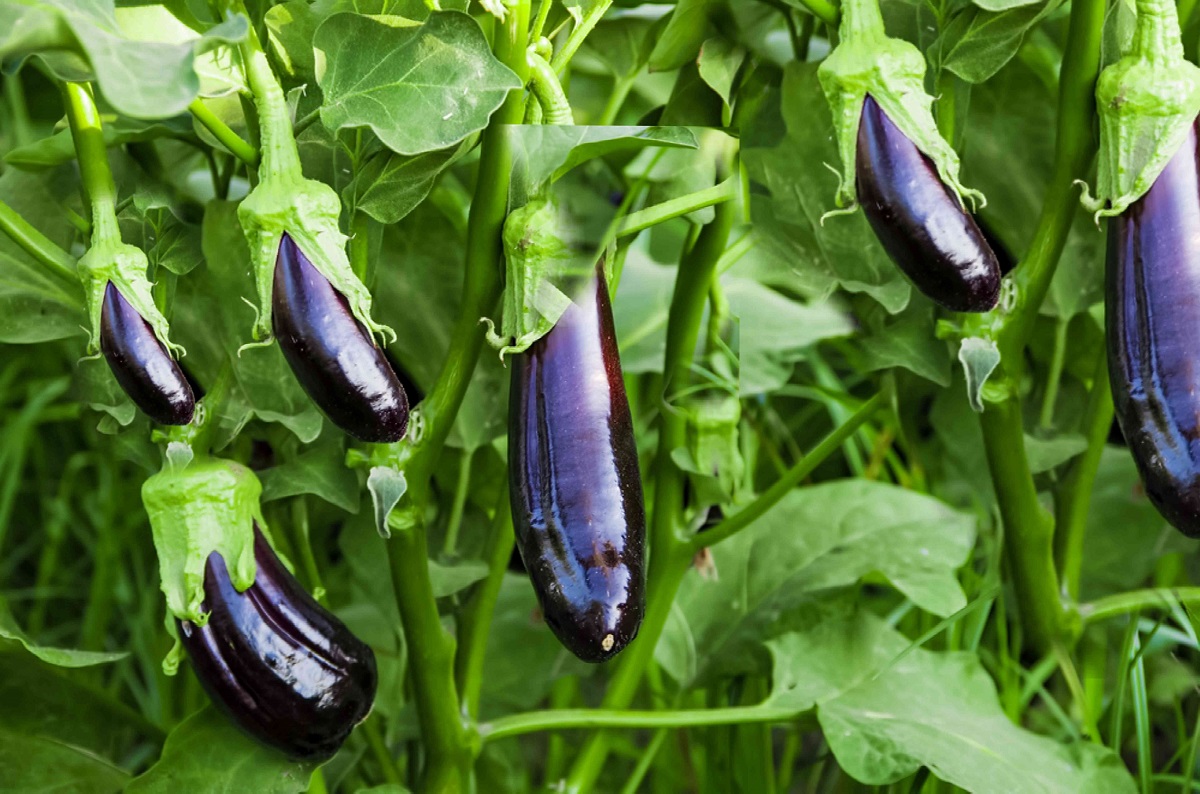
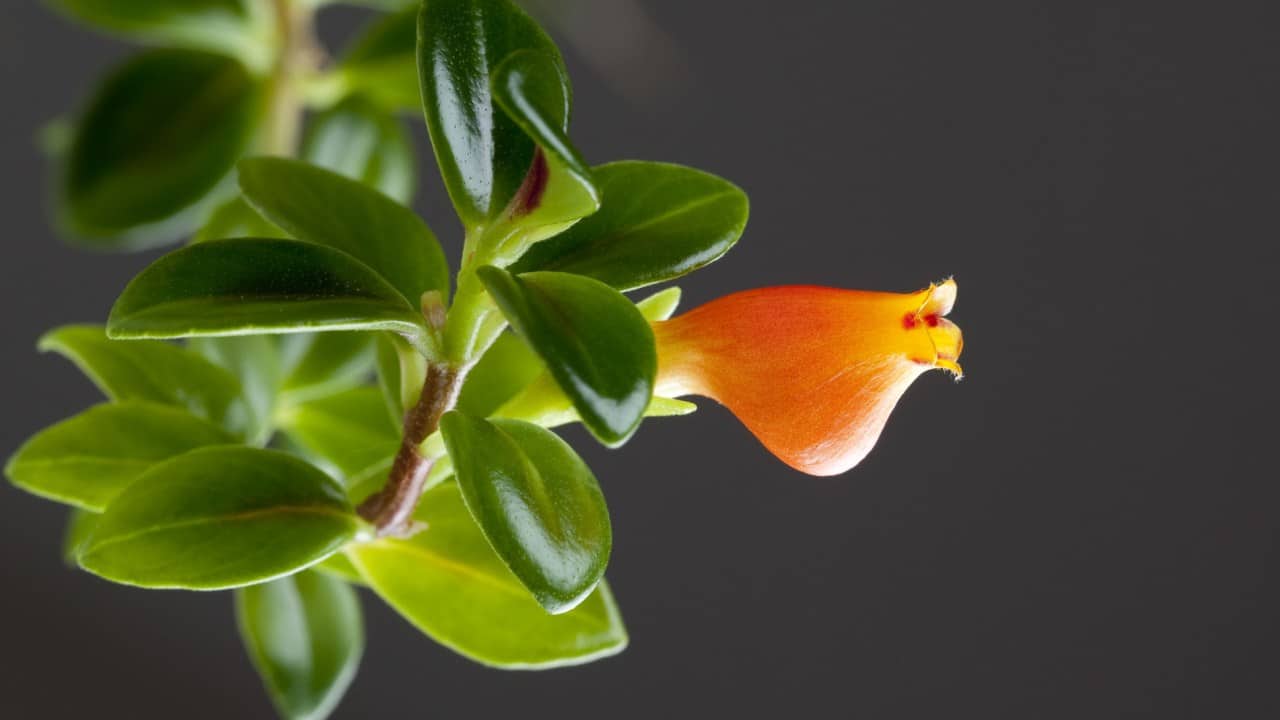
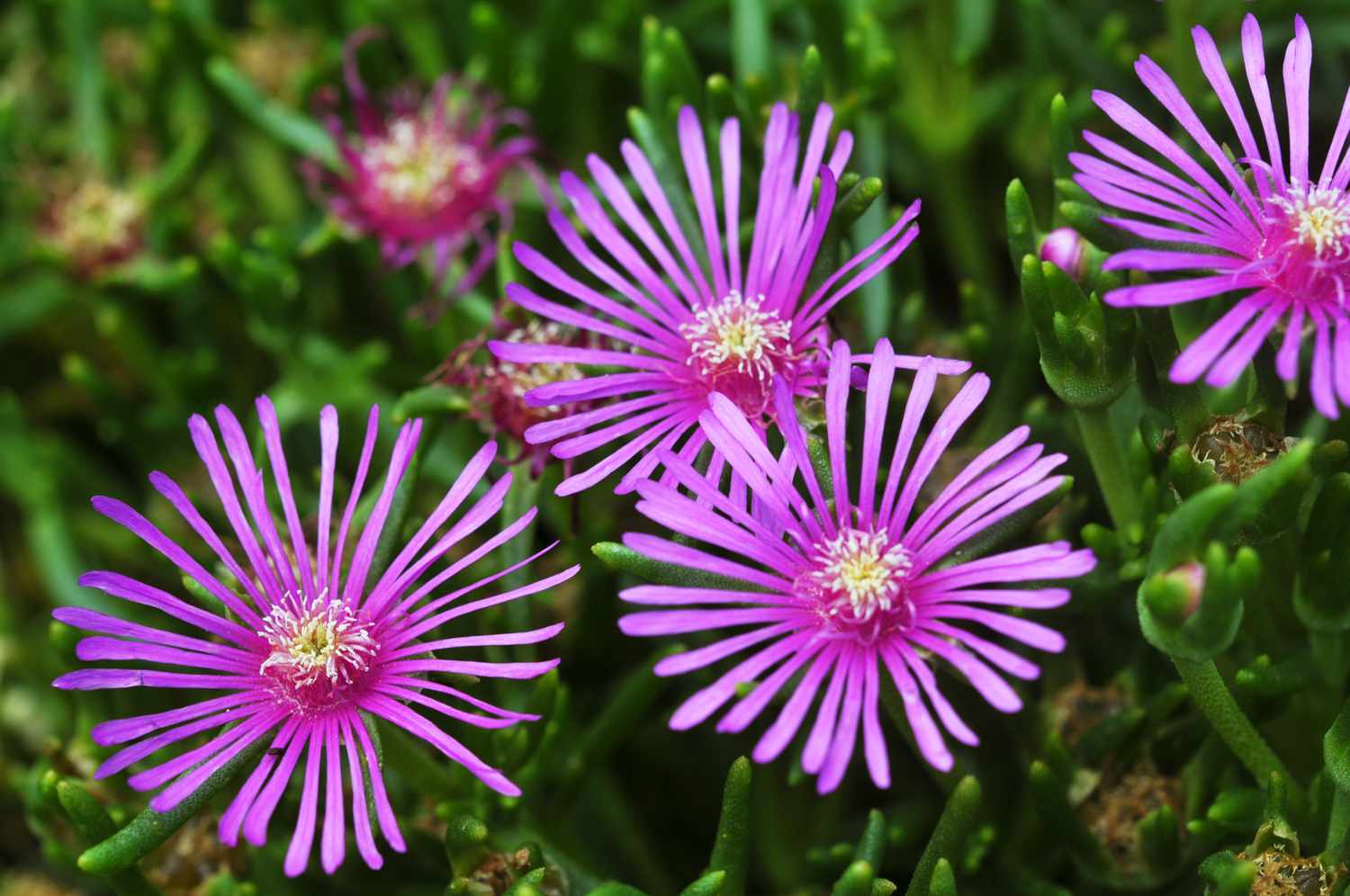
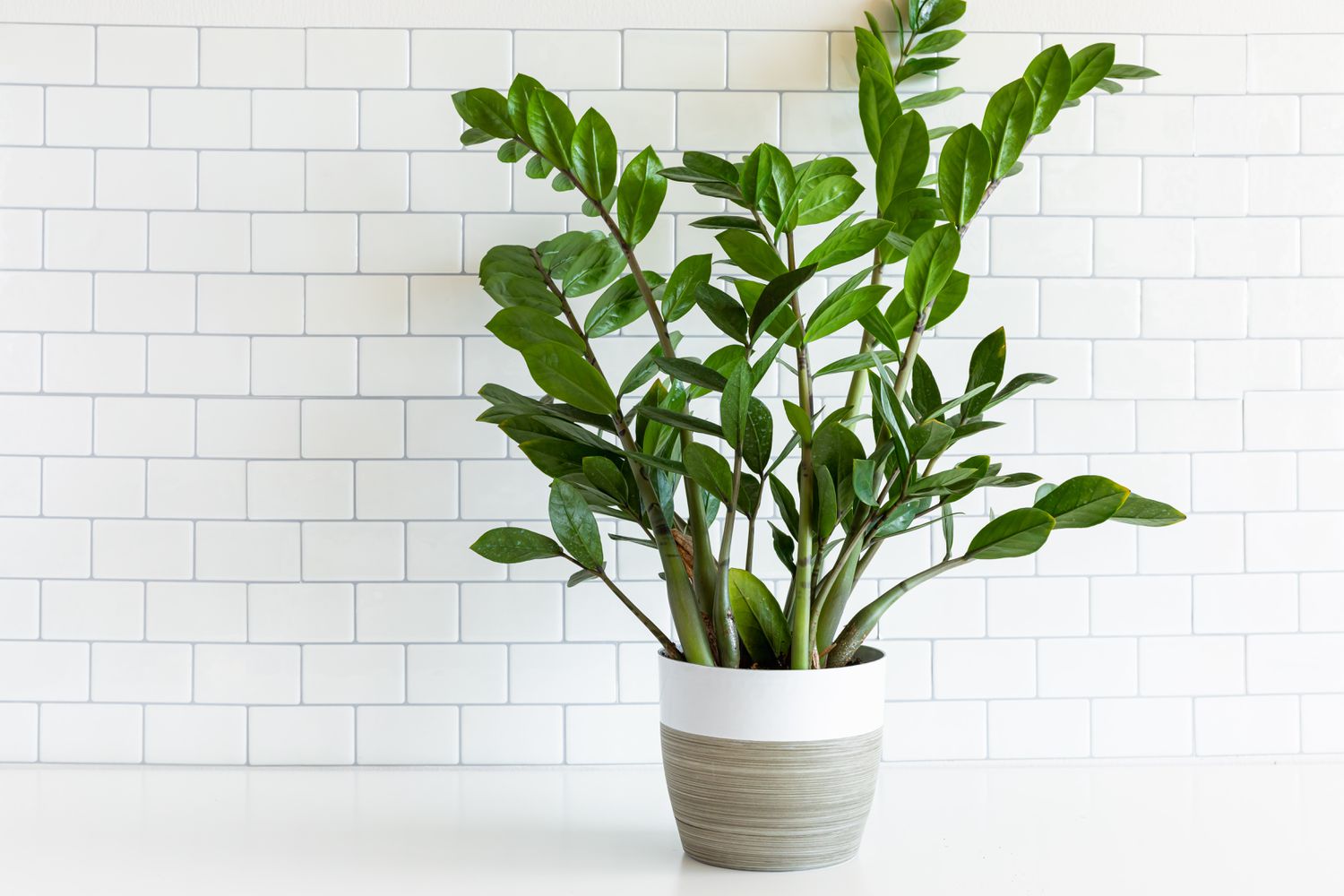
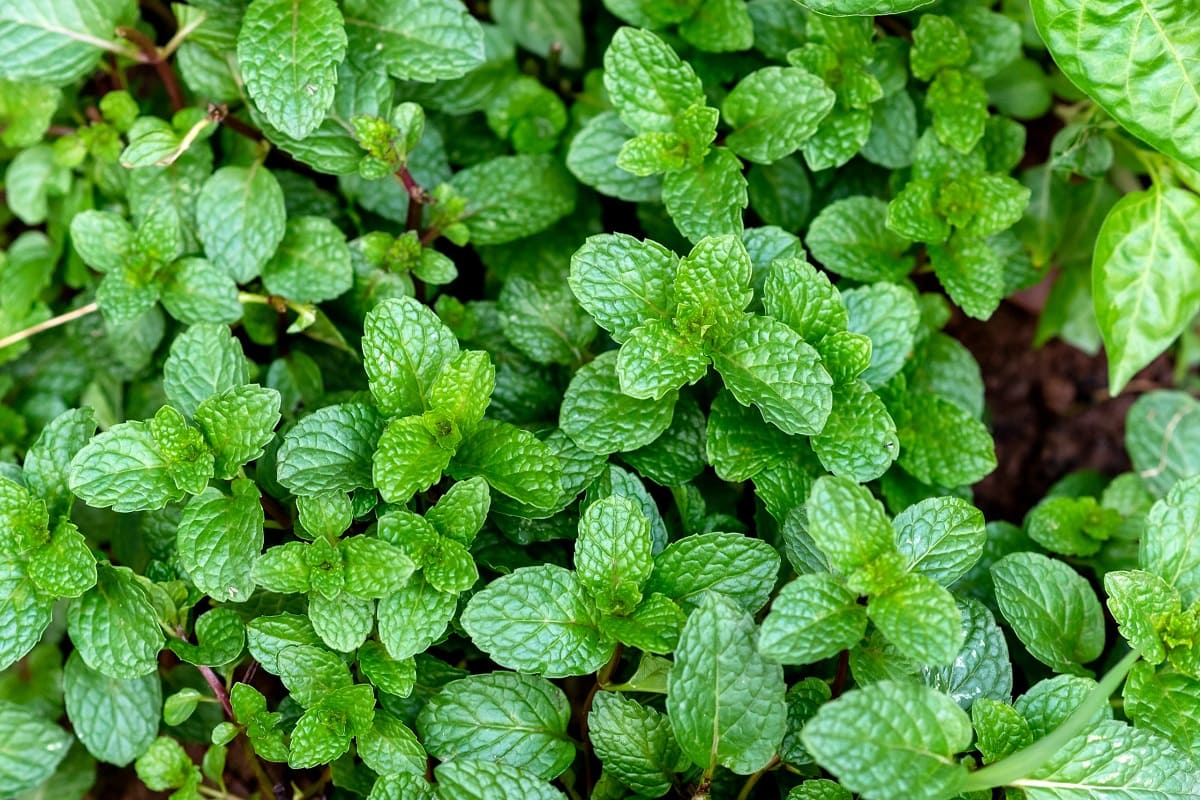
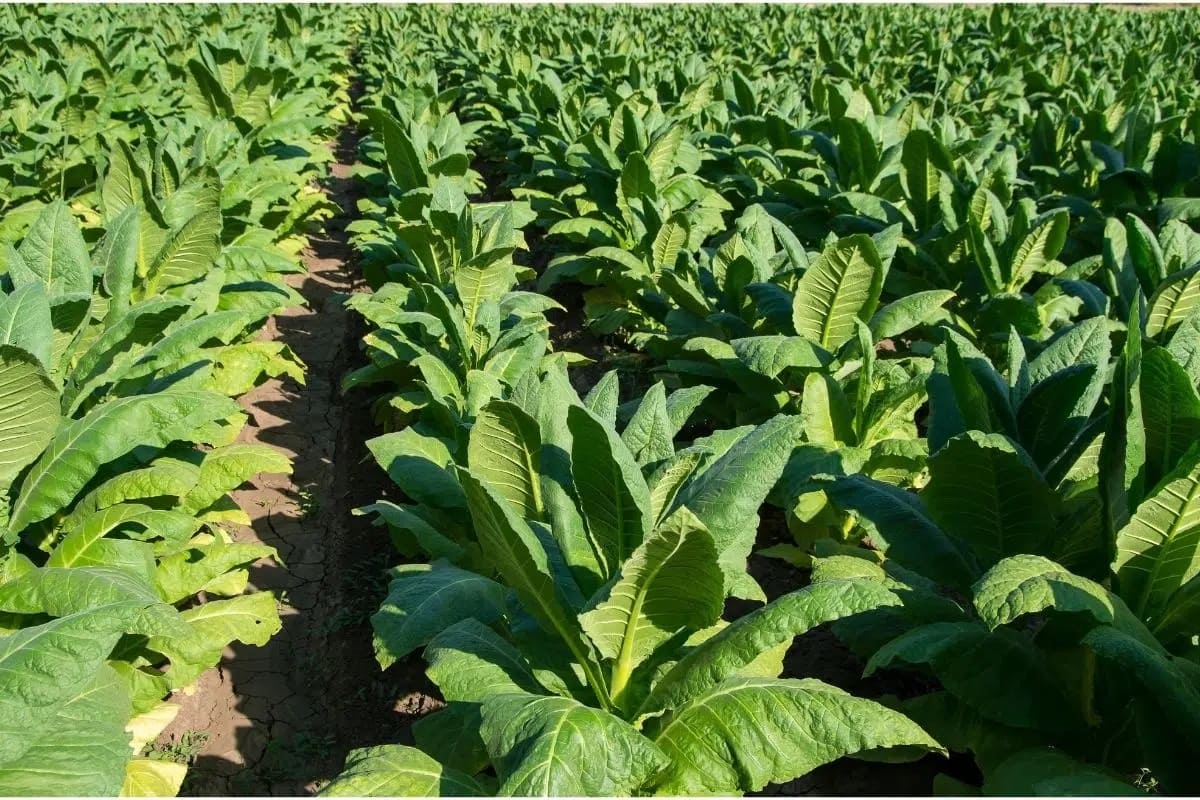

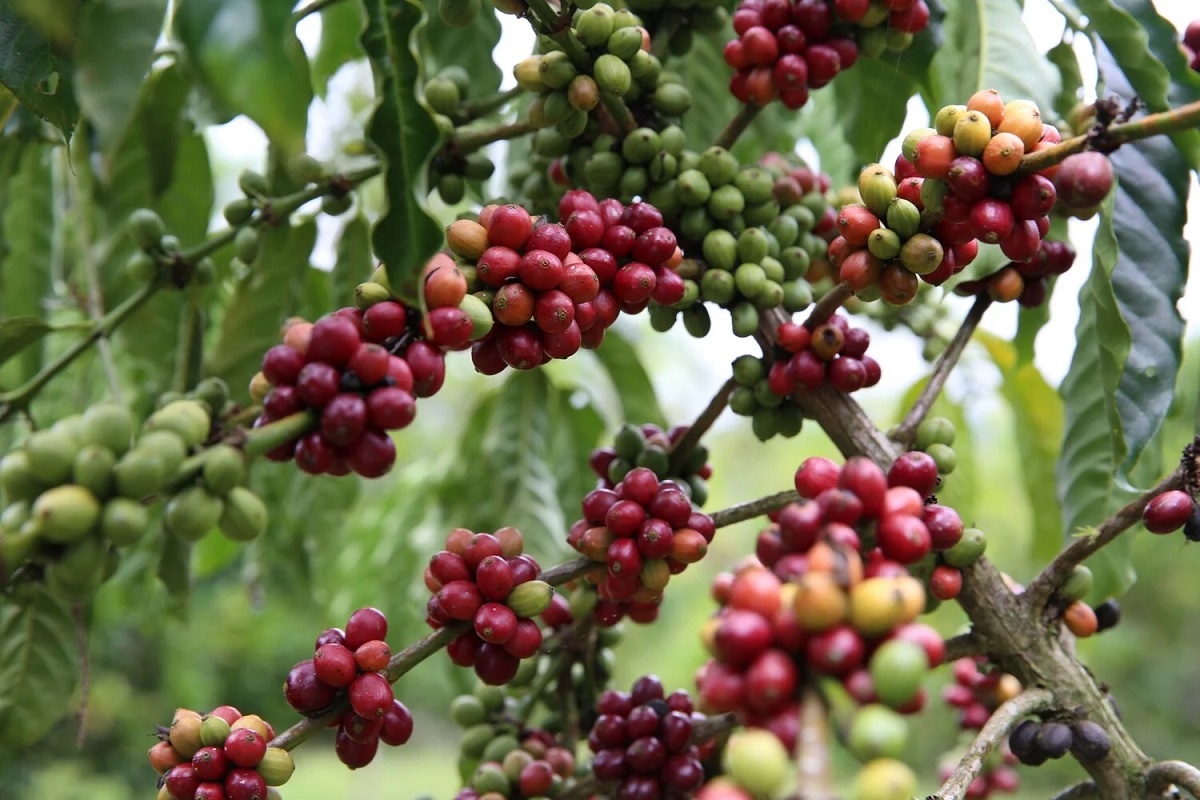
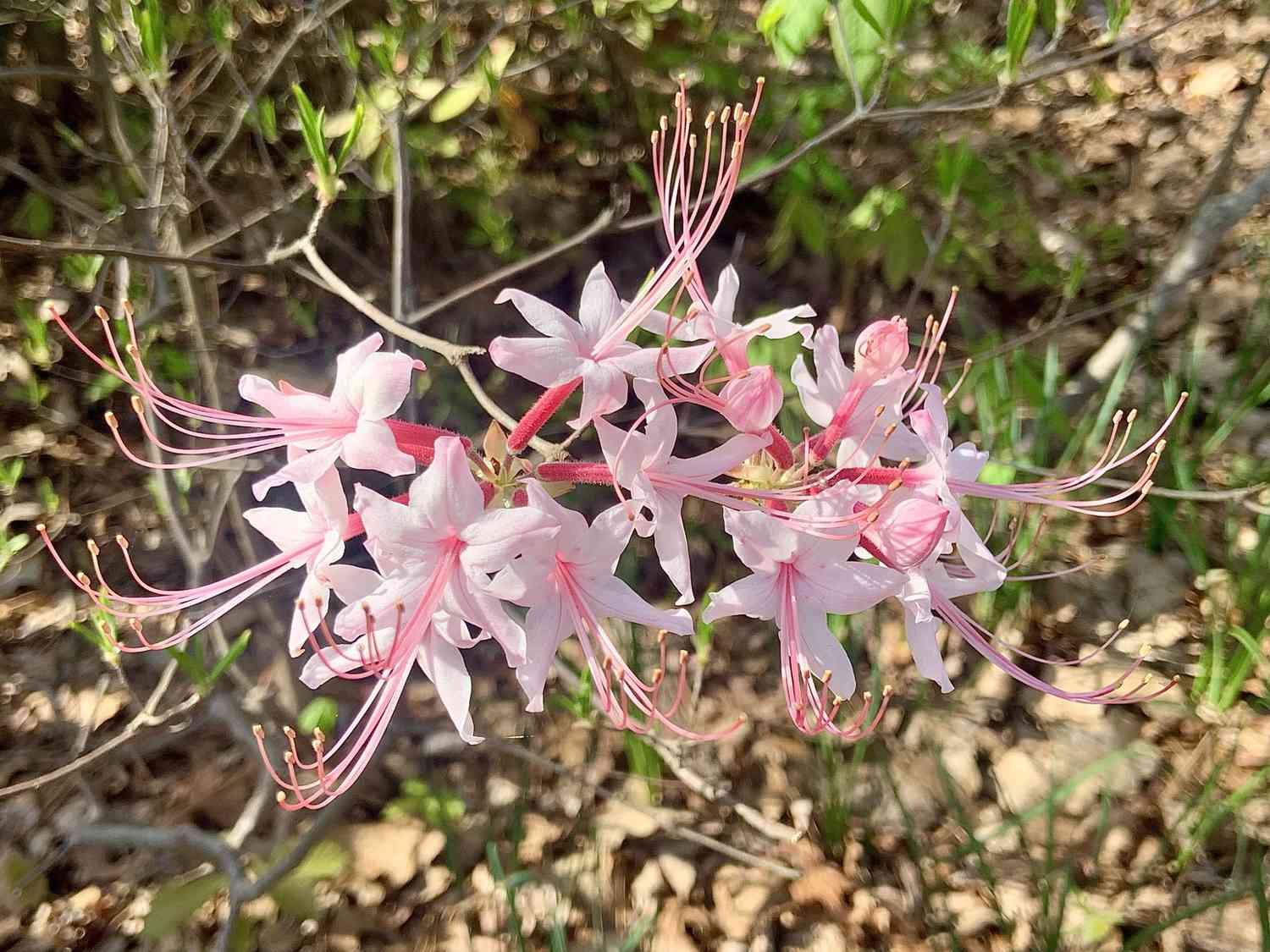
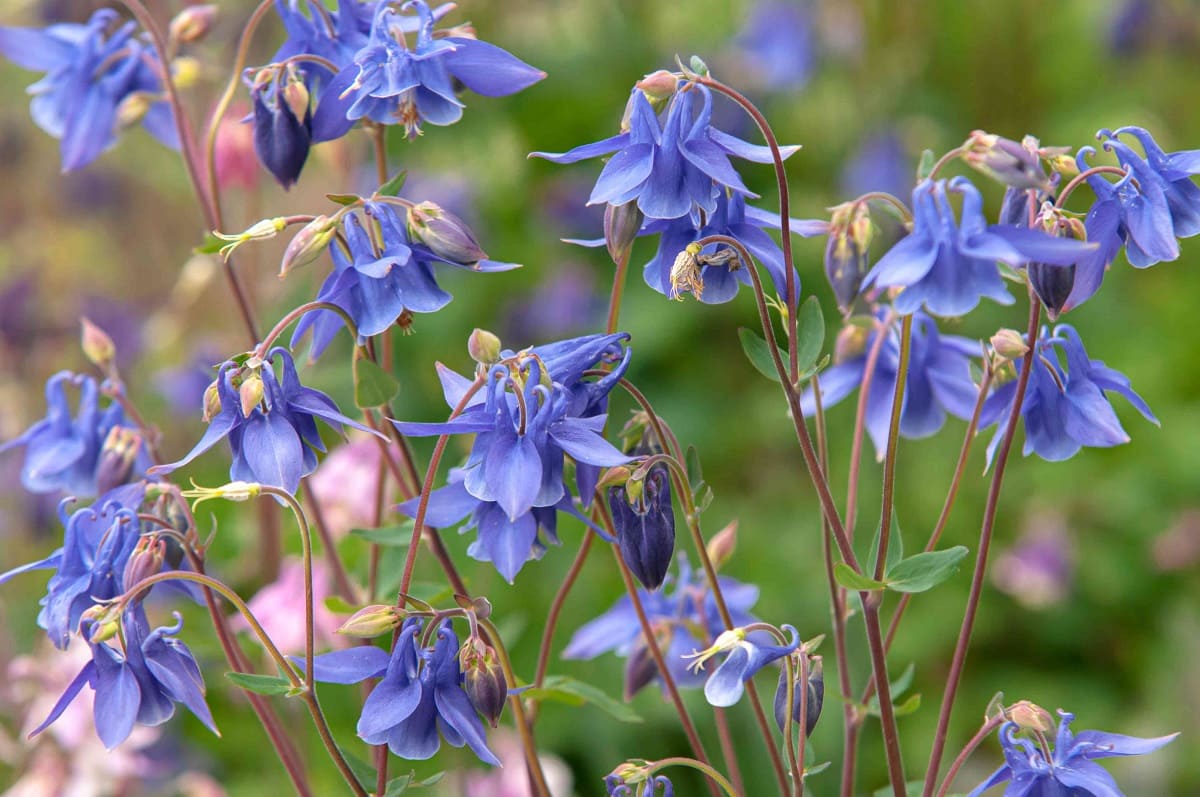




0 thoughts on “Where Is The Corn Plant Native To”